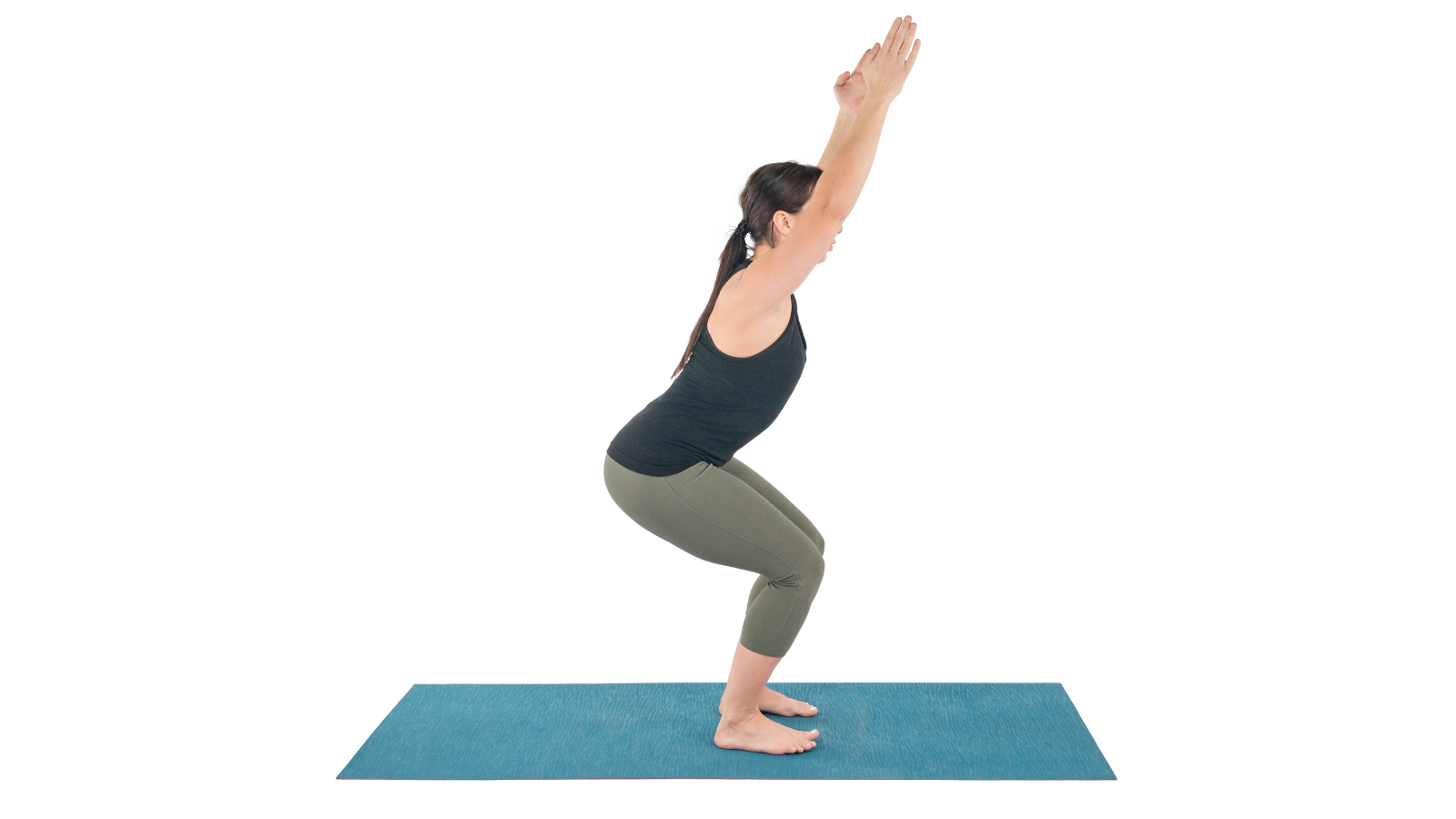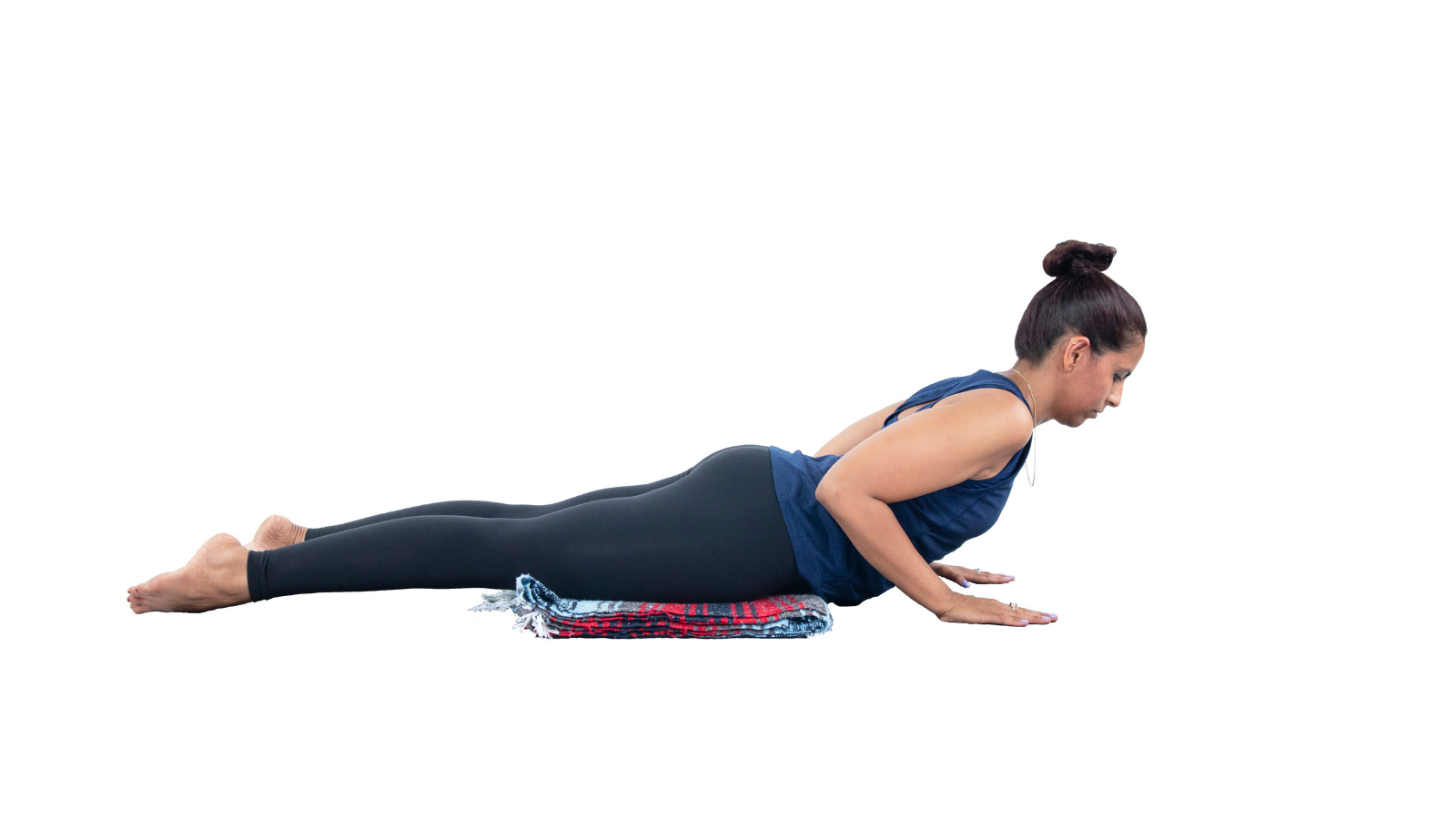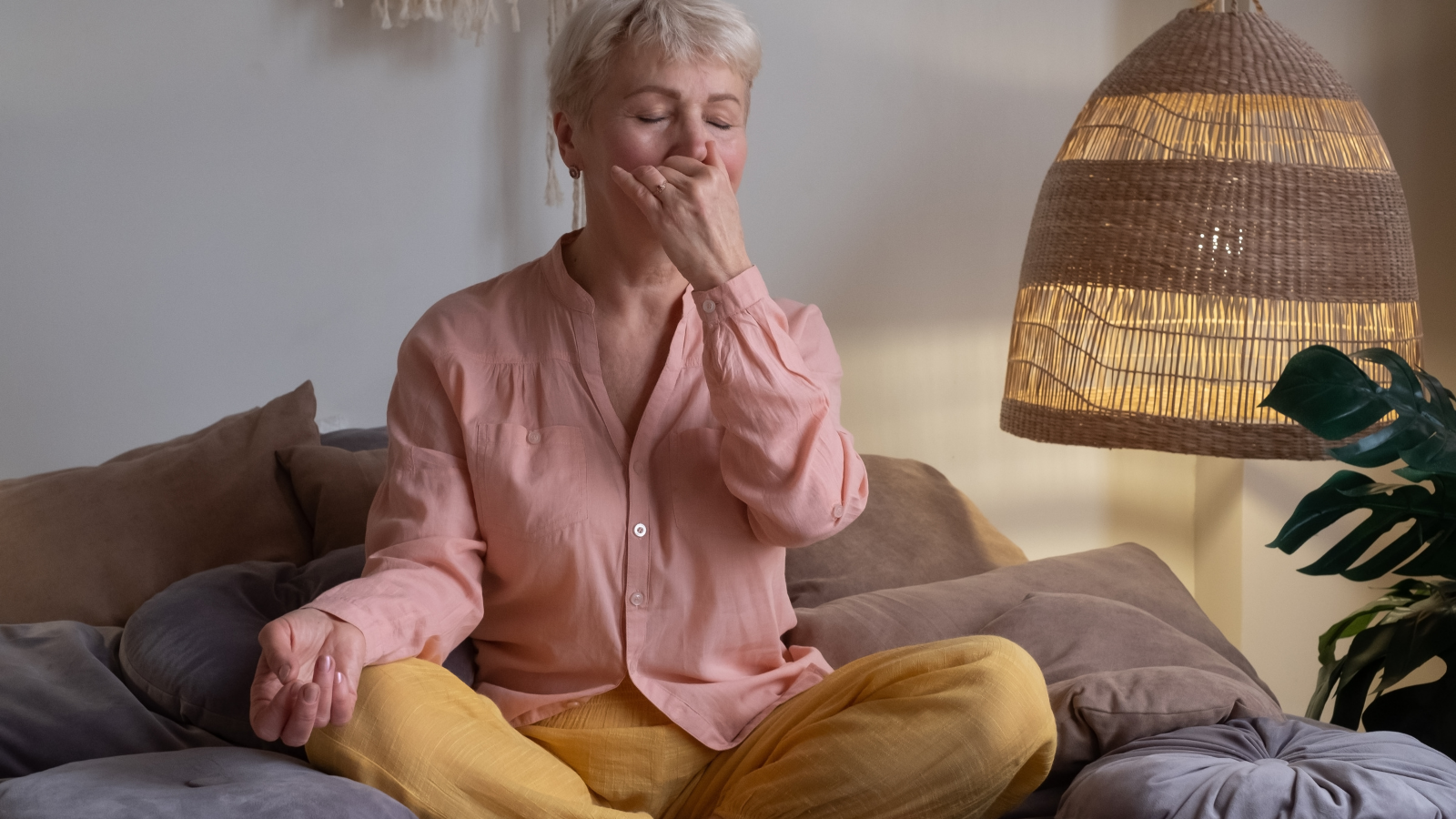Research Suggests Yoga Therapy May Positively Affect Rheumatoid Arthritis

Rheumatoid arthritis is an autoimmune disease that affects roughly 1.3 million Americans and far more worldwide. For those who suffer from it, the body’s immune system begins to attack its own healthy cells, primarily targeting the tissue found in joints but, in extreme cases, can also start to break down internal organs. This can cause painful swelling and inflammation and may eventually lead to bone erosion or joint deformity.
Unfortunately, there is no known cure for rheumatoid arthritis, but effective treatments can help decrease and slow the degenerative disease process. While drugs and physiotherapy have long been used to help manage symptoms and disease progression, recent research also indicates that yoga therapy may be another powerful tool in the fight against rheumatoid arthritis.
Research: Yoga Therapy Significantly Reduces Disease Activity and Improves Sympathovagal Balance in Rheumatoid Arthritis Patients
A recent study published in The Journal of Alternative and Complementary Medicine tested the efficacy of a 12-week yoga therapy regimen as a complementary treatment modality for patients recently diagnosed with rheumatoid arthritis.
The study found that, compared to a control group, participants who practiced 12 weeks of a prescribed yoga therapy practice (along with standard medical treatment) showed a statistically significant reduction in disease activity as well as a statistically significant improvement in sympathovagal balance. (Sympathovagal balance refers to the balance between the sympathetic and parasympathetic influences of the autonomic nervous system.)
Following a series of very simple yoga postures, breathing exercises, and meditation practices, participants practicing yoga as an adjunct to standard medical treatment showed an overall shift toward parasympathetic nervous system predominance. The parasympathetic nervous system is the “rest-and-digest” branch of the autonomic nervous system.
While further research is still needed, this study is promising—particularly because not all rheumatoid arthritis patients respond to traditional treatments.
How to Practice the 12-Week Yoga Therapy Regimen for Rheumatoid Arthritis
These very simple asanas and pranayama practices helped downregulate participants’ nervous system and reduce inflammation, disease activity, and sympathetic nervous system activity.
Warm-Up (2 Minutes)
Participants began by warming up many of the body’s major joints through a series of simple practices called Sukshma Vyayama. These practices included:

- Shoulder circles
- Closed fist wrist flexing
- Open palm wrist flexing
- Squatting into Chair Pose (Utkatasana-shown above)
- Ankle circles
Asanas (9 Minutes)

Participants then moved on to practice traditional yoga asanas:
- Mountain Pose (Tadasana)
- Standing Twist
- Standing Side Body Stretch
- Upward Salute Pose (Urdhva Hastasana)
- Pavanamuktasana (Wind Relieving Pose)
- Cobra Pose (Bhujangasana-shown above)
Savasana (8 Minutes)

Following their simple asana practice, participants lay down in Relaxation Pose (Savasana) for eight minutes. (shown with props above)
Pranayama (6 Minutes)

After resting in Savasana, participants then continued with a few soothing breathing exercises:
- Alternate Nostril Breathing (Nadi Shodhana)
- Moon-Piercing Breath/Left Nostril Breath (Chandra Bhedana)
- Humming Bee Breath (Bhramari)
Dhyana/Meditation (5 Minutes)
Following pranayama practice, participants practiced meditation by chanting the sound of AUM for five minutes.
Simple Practices Can Have Significant Effects
For a total of only 30 minutes, participants practiced soothing and relaxing asana, pranayama, and meditation, which helped to downregulate their nervous systems and downregulate inflammatory responses in their bodies.
While it may seem too simple to be effective, this research shows that our bodies respond significantly to gentle and soothing practices—and that applies whether we suffer from rheumatoid arthritis or not.
Also, read...
Research Suggests Yoga Therapy May Positively Affect Rheumatoid Arthritis
When Touch is a Trigger: Hands-On Adjustments in Trauma-Sensitive Yoga
Yoga Therapy: Working with ALS
Related courses

Leah Sugerman is a yoga teacher, writer, and passionate world traveler. An eternally grateful student, she has trained in countless schools and traditions of the practice. She teaches a fusion of the styles she has studied with a strong emphasis on breath, alignment, and anatomical integrity. Leah teaches workshops, retreats, and trainings, both internationally and online. For more information, visit www.leahsugerman.com.



